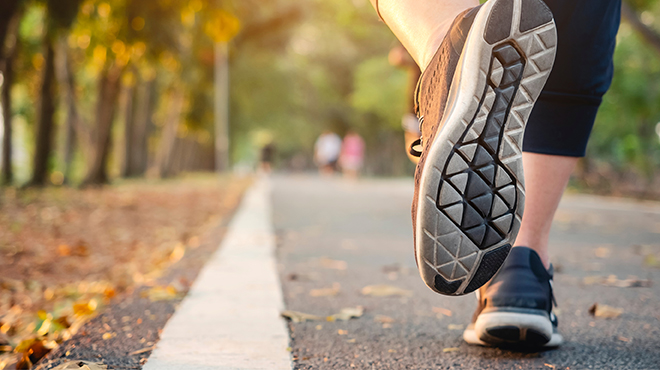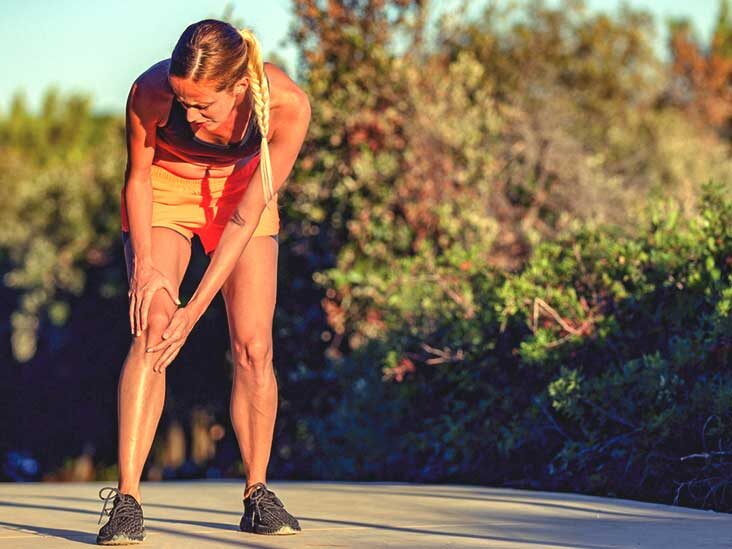Since the pandemic started, running has grown in popularity, and with good cause; it’s a hobby which is heathy, requires only a little initial investment, and can be performed in almost any geographical location (and lets be honest, Penticton is a wonderful place to run in). Running is good for both your mental and physical health, and has been shown to lower your chance of death by 27% at any given time.
Probably the most important aspect of your initial investment when beginning running is the running shoes that you purchase. They are going to take you over many miles, and we all want a pair of shoes that are going to help us perform as well as we possibly can and help us prevent injury. Running shoes have all kind of technology in them that claim to help us avoid injury and run faster – extra cushioning, inside arch support insoles and gel padding to name a few.
But does this technology help us avoid injury and perform better? The answer isn’t straight forward, and your running shoe may actually be the reason you have a running injury. To learn more, read on…
Firstly, it is important to note that every person is going to be different, and depending on the running injury you have, a shoe with a lot of cushioning or support may actually be helpful for you. But research shows that having more technology in your shoes (which is known as a maximalist shoe) rather then less (a minimalist shoe) can actually lead to increased knee and hip injuries, and here is why. When you have extra padding and/or cushioning in your running shoes, your foot is more protected and can not feel the ground as well as if you were running with less cushioning or support. While this may indeed be helpful if you have heel or foot pain while running, what typically happens is your foot impacts the ground harder and with more force because you can’t feel it as much, as that increased impact gets transmitted up your shin and calf, and into your knee and hip area. When we consider that half of running injuries are injuries to the knee, this suddenly becomes an important consideration when we consider why you have a running injury.
As well as this, shoes with more technology in them are often bigger, less flexible and weigh more, and this can affect your running form, including running with a lower cadence (cadence is the amount of steps you take in a minute) and a longer stride. Both of these factors are leading causes of running injuries and also can lead to inefficient 02 consumption and metabolism while running.
So, what should you do if you are unsure about if your shoes are contributing to your running injury?? Firstly, don’t make any drastic changes in your footwear, because doing this can lead to further problems. If you think that your shoe may be contributing to your running issues, arranging an appointment with one of our therapists who can assess your injury, take a look at your shoe, and analyze your running pattern on a treadmill is a great starting point to getting you on the path to recovery.
To summarize, the running shoes you wear while running can play a huge role in your running form and prevention of injury, and should always be considered when assessing a running injury. If this sounds like something you may find helpful, be sure to book online, or call our clinic at 250-493-1152 to learn more about how we can help get you back on track and enjoying the great Okanagan outdoors!






